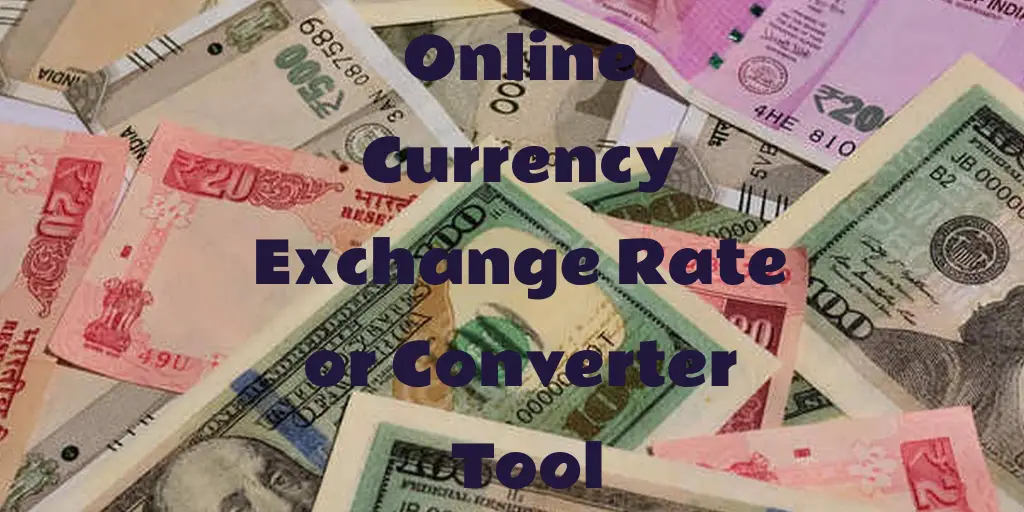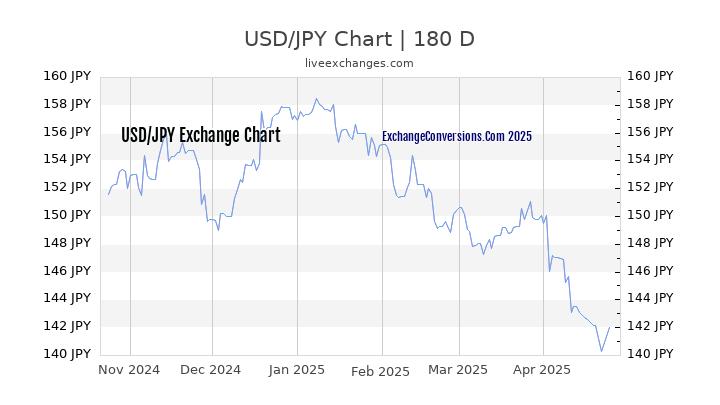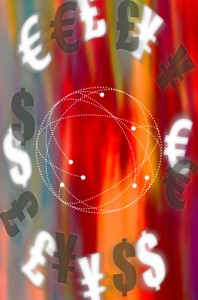

The spelling and pronunciation "yen" is standard in English because when Japan was first encountered by Europeans around the 16th century, Japanese /e/ ( え) and /we/ ( ゑ) both had been pronounced and Portuguese missionaries had spelled them "ye". While the Chinese eventually replaced 圆 圓 with 元, the Japanese continued to use the same word, which was given the shinjitaiform 円 in reforms at the end of World War II.

The coins and the name also appeared in Japan. Originally, the Chinese had traded silver in mass called sycees, and when Spanish and Mexican silver coins arrived from the Philippines, the Chinese called them "silver rounds" ( Chinese: 銀圓 pinyin: yínyuán) for their circular shapes. Yen derives from the Japanese word 圓 ( えん, en, "round"), which borrows its phonetic reading from Chinese yuan, similar to North Korean won and South Korean won. The Bank of Japan maintains a policy of zero to near-zero interest rates and the Japanese government has previously had a strict anti-inflation policy. Since that time, however, the world price of the yen has greatly decreased. The Plaza Accord of 1985 temporarily changed this situation the exchange rate fell from its average of ¥239 per dollar in 1985 to ¥128 in 1988 and led to a peak rate of ¥80 against the US$ in 1995, effectively increasing the value of Japan’s GDP in dollar terms to almost that of the United States. The Japanese government focused on a competitive export market, and tried to ensure a low exchange rate for the yen through a trade surplus. Since 1973, the Japanese government has maintained a policy of currency intervention, so the yen is under a " dirty float" regime. The yen had appreciated to a peak of ¥271 per US$ in 1973, then underwent periods of depreciation and appreciation due to the 1973 oil crisis, arriving at a value of ¥227 per US$ by 1980. When that system was abandoned in 1971, the yen became undervalued and was allowed to float. To stabilize the Japanese economy, the exchange rate of the yen was fixed at ¥360 per US$ as part of the Bretton Woods system. įollowing World War II, the yen lost much of its prewar value. The Bank of Japan was founded in 1882 and given a monopoly on controlling the money supply. The yen replaced the previous Tokugawa coinage as well as the various hansatsu paper currencies issued by feudal han (fiefs). The New Currency Act of 1871 introduced Japan's modern currency system, with the yen defined as 1.5 g (0.048 troy ounces) of gold, or 24.26 g (0.780 troy ounces) of silver, and divided decimally into 100 sen or 1,000 rin. It is also widely used as a third reserve currency after the US dollar and the euro. It is the third-most traded currency in the foreign exchange market, after the United States dollar (US$) and the euro. It lost more than half a percentage point to close at 82.33, the unit's lowest ever closing level, Bloomberg data compiled by ETIG showed.The yen ( Japanese: 円, symbol: ¥ code: JPY) is the official currency of Japan. The rupee plunged to a new lifetime low of 82.43 a dollar Friday.


Federal Reserve will have to raise interest rates more than initially expected The greenback's rally gathered momentum in recent weeks as upbeat economic data led to mounting expectations that the U.S. Dollar heading for first monthly gain since September.Rupee falls 11 paise to 82.76 against US dollar in early trade.


 0 kommentar(er)
0 kommentar(er)
